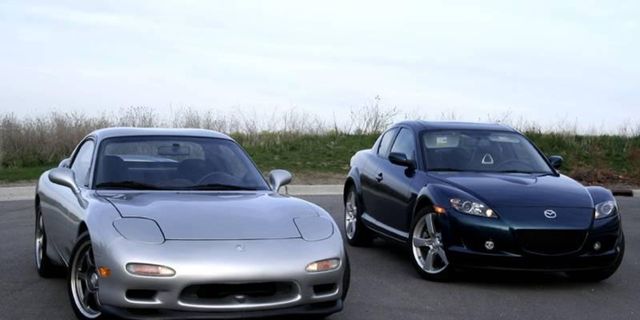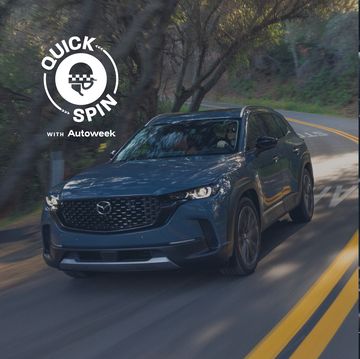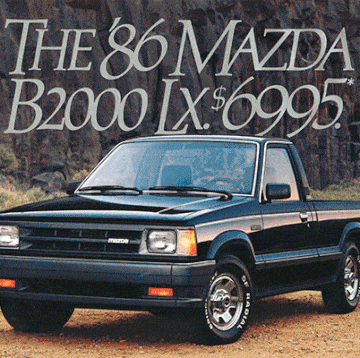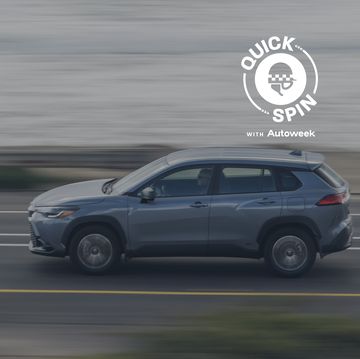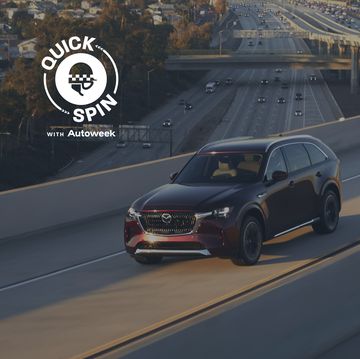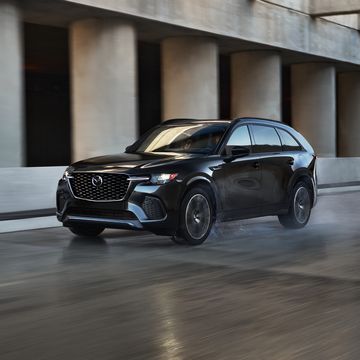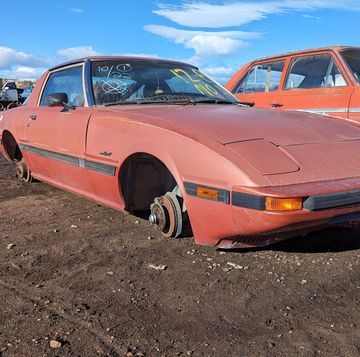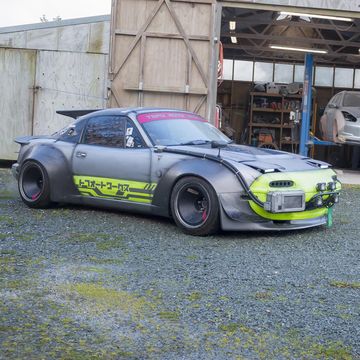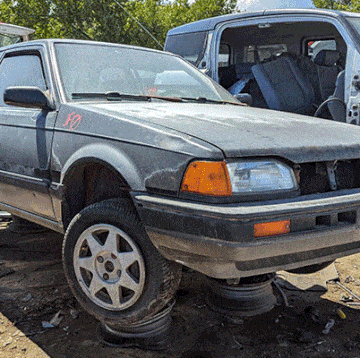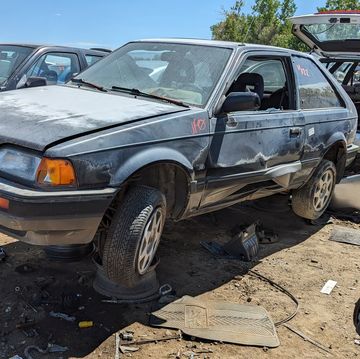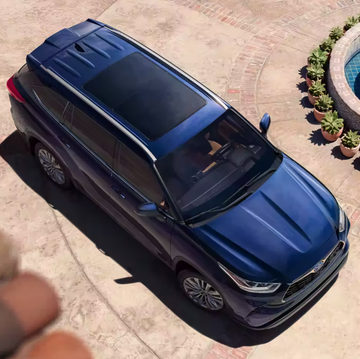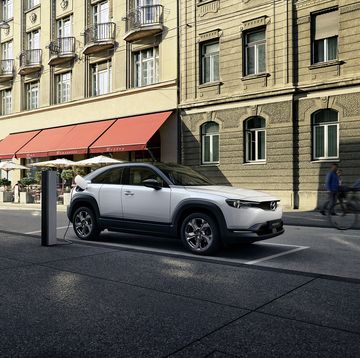It’s almost impossible to compare the RX-8 with the last RX-7. The third-generation RX-7 was Mazda’s vision of the quintessential sports car with no frills. The twin-turbocharged rotary is hardly reliable in stock form, the ride beats you up until your kidneys bleed, the trunk struggles to carry a weekend’s worth of luggage and the only time you have a cupholder is when some poor sap is in the passenger seat. Perfect if you want a capable weekend warrior, as I did. I’m the proud owner of a ’94 RX-7 that works well most of the time, but single 20-something males are most likely in the minority. Its heralded performance abilities did not translate into brisk sales, and ultimately the car disappeared from our shores after the 1995 model year.
The RX-8 reflects the lessons learned from the RX-7. Instead of a cramped two-seater, you have room for four with four doors and a trunk that can carry a set of golf clubs, bringing practicality. Two average-size adults can fit in the rear seats, and luxury items such as cupholders even appear. The interior is stylish, with a user-friendly layout, high-grade materials and nice build quality. I would kill for a cabin like this in my RX-7, but the idea was much different at Mazda more than a decade ago.
Even though I’m a rotary enthusiast, I’ve been on the fence about the RX-8 as a daily driver. Quirks associated with the rotary engine and dealing with them on a daily basis just didn’t seem appealing, and I never got a chance to see if the car’s overall performance credentials were enough to make up for the engine’s shortcomings. So, with a weekend booked in an RX-8, I decided to find out.
On one hand, you adore the RX-8 for the chassis’s handling prowess and the high-strung nature of the rotary engine. Then, on the other, you despise the engine, too, for its tendencies to flood, burn oil and make gas station trips more frequent. The common complaint of the lack of torque also clouds my mind every time I drive a Nissan 350Z.
Throughout the weekend, the RX-8’s positives served as persistent lobbyists to tip the scale in its favor. Each launch, gearshift, apex (of a turn, not seal) and redline run had me asking, “How can you not want to own this car?” One can’t help but enjoy its balanced and easy-to-drive nature. Then the low-fuel indicator lit up, followed by the low-oil light to remind me of the engine’s unquenchable thirst. A not-so-earth-friendly 16.4 mpg was the average for the tank, and the engine was down more than a quart of oil. After a gas stop and an oil top-off, things were back to normal.
Besides those hiccups, the RX-8 drove like a true thoroughbred sports car. Forget that it has a back seat and four doors, because it goes and handles like a highly refined performance mule. As for torque, just learn to commit your right foot to the throttle longer, and enjoy grazing the 9000-rpm redline.
At the end of the weekend, I had my answer. I would gladly own an RX-8 as a daily driver, even with its foibles. With the rotary comes a love/hate relationship that I’m familiar with in my RX-7 and would deal with daily in the RX-8. The fact that it is so good from a performance and practical standpoint has helped the car age gracefully and makes the hassles worth it. When a rotary is in good order, bolted into a great chassis and connected to a slick transmission, it yields a tremendous experience. If you can’t deal with adding oil occasionally and more gas stops, then this is not the car for you.
Ask any third-generation RX-7 owner about their headaches, and you will discover that the RX-8 is a cakewalk in comparison. But do you think many of those owners wrestling with problem-prone Wankels are willing to give them up? Not a chance.
